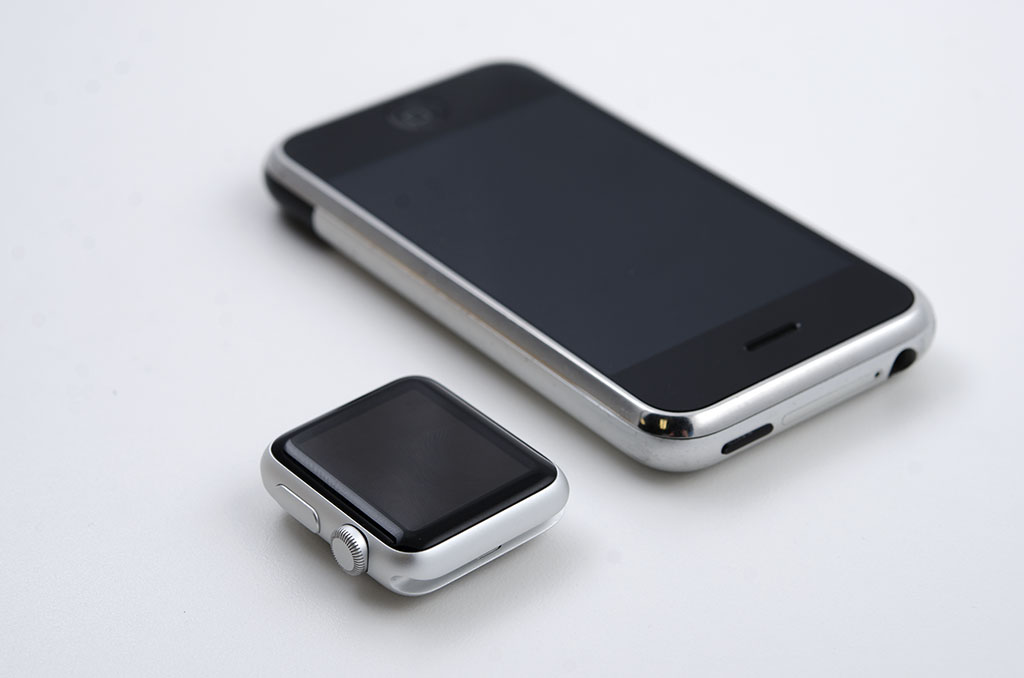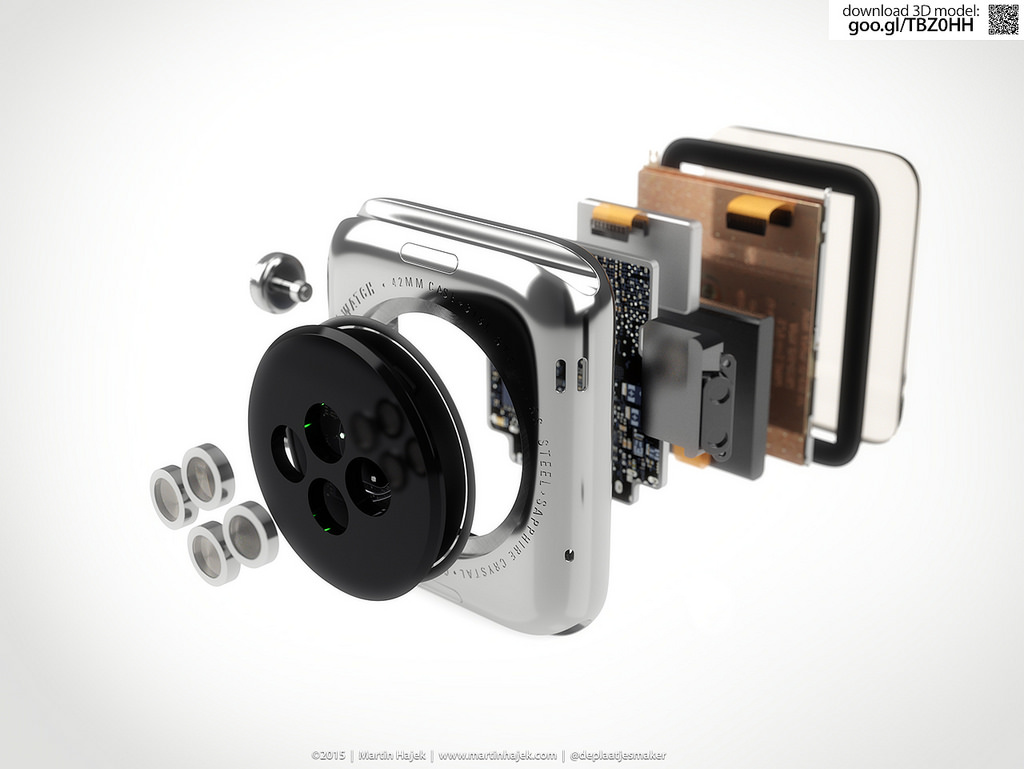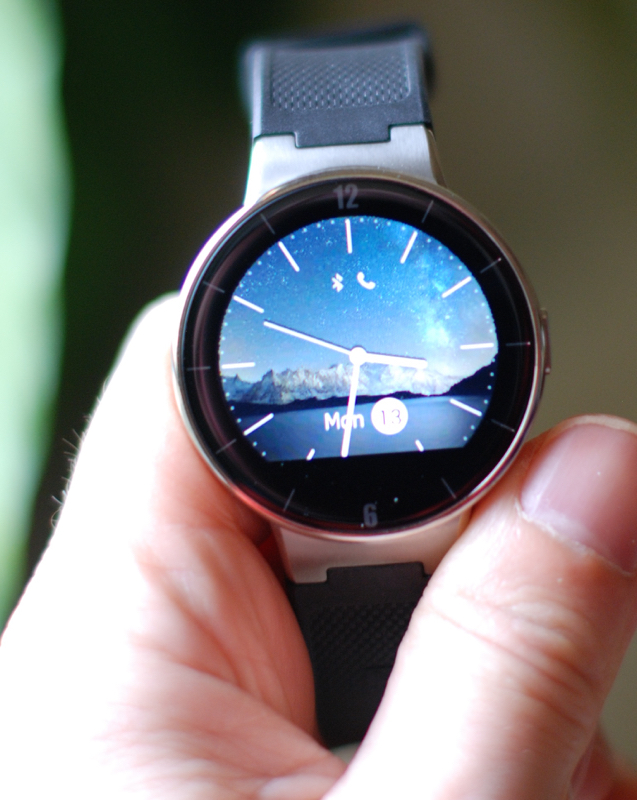The Falcon
This was the remote control car I had in middle school:

Blast from the past thanks to Coudal!
image via sci-fi-o-rama
This was the remote control car I had in middle school:

Blast from the past thanks to Coudal!
image via sci-fi-o-rama

via parislemon
It needs to justify its existence no more than any other watch — mechanical or electronic — ever made. Of course you don’t need it. No one, not one person on the face of the earth, needs any $400 watch, Apple Watch or otherwise.
The right question is simply “Do you want one?”
It’s about desire, not necessity. Convenience, fun, and style are not needs. They’re wants. And people will gladly pay for what they want. The iPad faced similar misguided criticism. How many times did you hear or read someone say of the iPad, “Why would anyone who already has a phone and a laptop need an iPad?” That was the wrong question, because almost no one needed an iPad. The right question was “Why would someone who has a phone and laptop also want an iPad?”
The emotional and style aspects of the Apple Watch are the things many tech nerds and engineers just don’t get.
Note that few say, “The device I have doesn’t have the right features.” That’s because features don’t create problems that we can solve by embracing a new idea or technology. Our stories do. A missing feature might provide some of the narrative of our internal story, but most of all, the story is built around the behavior of those around us.
If you want a population to adopt your innovation, you have to create a problem that is solved by adoption. And that problem is almost always related to, “what about the others?”
—Seth Godin, making sense as usual
At Re/code, Ina Fried on Microsoft’s Build Conference this week:
When Microsoft CEO Satya Nadella takes the stage on Wednesday at Microsoft Build, the most important event of the year for the once mighty software maker, it represents something of a last best chance to win over mobile developers.
For all its power in the PC era, Microsoft has struggled to convince developers to create apps for its Windows Phone system, which has badly lagged rivals Google and Apple. Failing to win support at its annual developers conference this week could be fatal to its phone business.
I don’t see this week’s Build Conference shifting the tide for Microsoft.
They’re hovering at under 4% marketshare in the mobile OS space.
As I wrote back in 2011, a big part of Microsoft’s problem is that they’re in a red ocean, from Wikipedia:
Red Oceans are all the industries in existence today–the known market space. In the red oceans, industry boundaries are defined and accepted, and the competitive rules of the game are known. Here companies try to outperform their rivals to grab a greater share of product or service demand. As the market space gets crowded, prospects for profits and growth are reduced.
My wife just picked up a cheap Windows Phone as her secondary phone for her jewelry business (it was only $29!) and I have to say, Windows Phone is a great feeling operating system, but it’s just not enough.

via martinhajek.com
I always enjoy listening to Jony Ive talk.
I’m trying to enjoy my new Apple Watch Edition but Evelyn, my so-called fiancée, keeps buzzing me with Facebook messages. Something about Terry Richardson.
I focus on the black leather, the 18-carat yellow gold, the way it looks on my tanned wrist. I appreciate that it is wipe clean. I ask Siri to dictate a message: Paul Allen is out of town for a few days. Siri, I say, play Sussudio.
I live in New York by Gehry on 8 Spruce Street on the 35th floor. My name is Patrick Bateman. I’m 27 years old. I believe in taking care of myself, a balanced diet and a rigorous exercise routine.
–Mic Wright channeling Patrick Bateman
I don’t understand how the fuck people think it’s ok to release smart watches with cut off screens?
First was the Moto 360 (aka the Moto “270”).
Now the Alcatel OneTouch:

The chopped screen ruins an otherwise (seemingly) solid hardware design.
And don’t give me the bullshit excuse that they did that to “make room for hardware components.”
Jim Dalrymple on what metric is going to determine if the Apple Watch is a success:
Even though the iPad sold almost 25 million units in the last fiscal quarter, it’s not up to the 75 million that the iPhone sold. For a lot of people that’s the measure of success, without taking into account that they are completely different products, serving different markets.
So, how will we measure the success of Apple Watch? Will it be pre-order sales? Perhaps, first weekend sales? Number of overall units? How about total quarterly profit? The number of magazine covers it’s on?
The measurement of success will be different for almost everyone. But I don’t believe that any of those are as important as one measure of success that will be a bit more difficult to track: are people still using Apple Watch after three months.
Another factor to consider in the measure of success of a product launch is not just the amount of sales, but the speed at which the product sold. The iPhone took a fraction of the time to get to the same 8-digit sales numbers it took the original iPod. My guess is the Watch sales will not be flying off the shelves as quickly, initially, as the iPhone and therefor will be deemed a dud. I also could be completely wrong.
But Apple is a marathon runner, not a sprinter. They iterate and improve month after month, year after year. If the sales numbers or the product experience don’t impress you this summer, let’s check back in a year.
And to circle back to Jim’s point, if the Apple Watch does experience slow growth over the next 2 years, this could likely mean many were initially skeptics who held off buying, but they saw that the Watch proved itself worthwhile to the early adopters and they decided to buy.
Over at Bloomberg, Joshua Topolsky reviews the Apple Watch:
I’m in a meeting with 14 people, in mid-sentence, when I feel a tap-tap-tap on my wrist. I stop talking, tilt my head, and whip my arm aggressively into view to see the source of the agitation. A second later, the small screen on my new Apple Watch beams to life with a very important message for me: Twitter has suggestions for people I should follow. A version of this happens dozens of times throughout the day–for messages, e-mails, activity achievements, tweets, and so much more. Wait a second. Isn’t the promise of the Apple Watch to help me stay in the moment, focused on the people around me and undisturbed by the mesmerizing void of my iPhone? So why do I suddenly feel so distracted?
To be clear, we are in charge of our gadgets, not the other way around. I have turned off most notifications on my iPhone, so that the only time I get vibration alerts is for phone calls. My iPhone—the way I have configured it—is not distracting.
The same way a car you buy off the dealer lot will require configuring to fit you (literally), I anticipate I’ll have to tweak the Apple Watch settings before it behaves the way I want it to.
In the end though, Topolsky digs it:
The watch is not life-changing. It is, however, excellent. Apple will sell millions of these devices, and many people will love and obsess over them. It is a wonderful component of a big ecosystem that the company has carefully built over many years. It is more seamless and simple than any of its counterparts in the marketplace. It is, without question, the best smartwatch in the world.
I’m looking forward to getting one. To Topolsky’s point, I’m not in a hurry to get one because it’s a want, not a need and right now I need to to replace my iPhone 4.
WHATEVER happened to the laptop computer? Two years ago, on my flight to Las Vegas for Comdex, the annual microcomputer trade show, every second or third passenger pulled out a portable, ostensibly to work, but more likely to demonstrate an ability to keep up with the latest fad. Last year, only a couple of these computers could be seen on the fold-down trays. This year, every one of them had been replaced by the more traditional mixed drink or beer.
Was the laptop dream an illusion, then? Or was the problem merely that the right combination of features for such lightweight computers had not yet materialized? The answer probably is a combination of both views. For the most part, the portable computer is a dream machine for the few.
—The New York Times panning the laptop computer in 1985
via BoingBoing
Horace Dediu tries to figure out how we’ll figure out if the Apple Watch is a success:
- Language. Measure whether “Watch” will come to mean “Apple Watch”. “Phone” has come to mean not only “smartphone” but also all mobile/cellular phones and not just things used for calling but things used for all manner of information. This is a great test because the theft of semantics can only be accomplished through a degree of ubiquity of influential mindshare. Incidentally, the brand may well have been designed to do just that.
- A measurable and significant reduction in the use of the iPhone. The Watch peels off uses from the iPhone and therefore the more it peels off, the less remains. However, that which remains will be more uniquely valuable to the incumbent. This is the process of carving and erosion that the PC experienced vs. mobile devices in general.
“The theft of semantics.” I love that phrase.